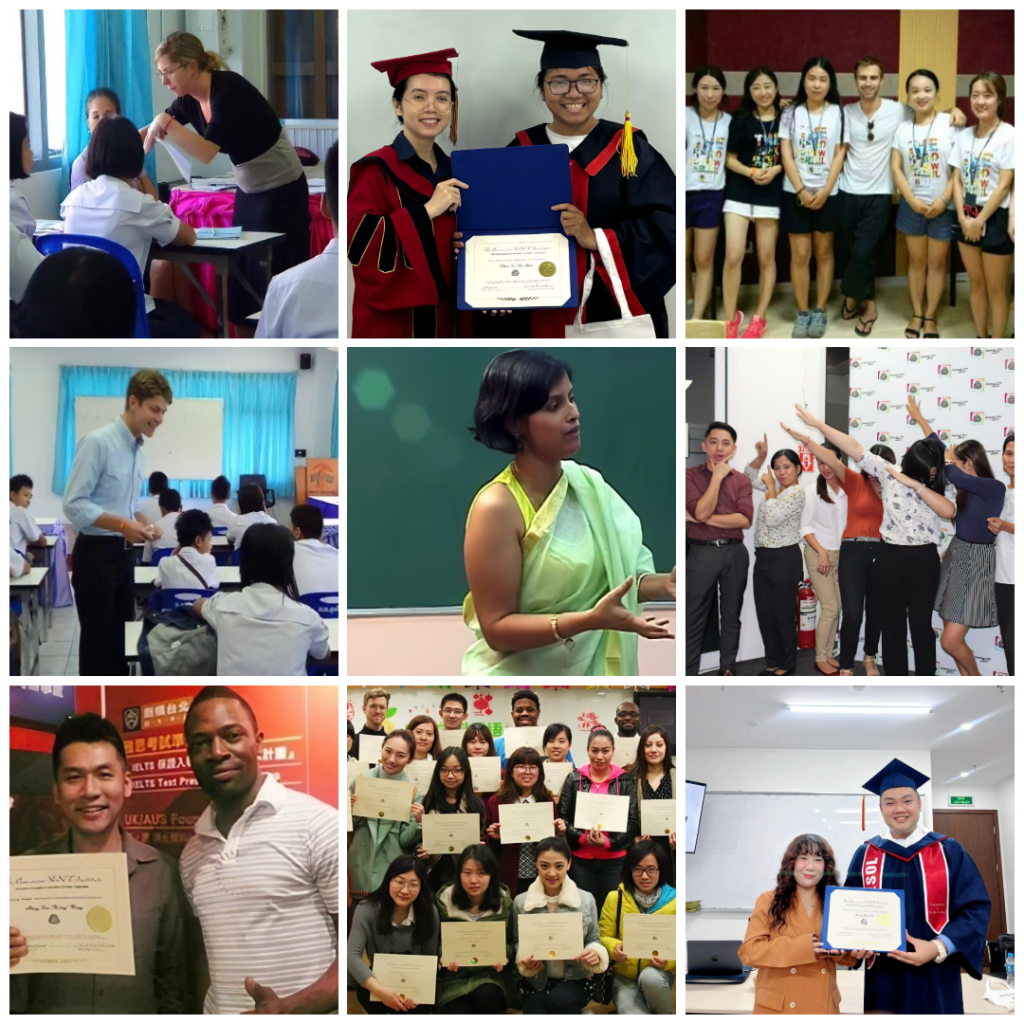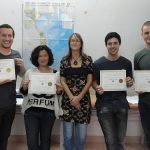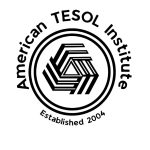Mark your calendars for Monday, September 16th, at 10:00 AM EDT for an inspiring and practical American TESOL webinar featuring the dynamic Fluency MC (Jason R. Levine)!
September 11th is a significant day in the United States, a time for reflection and remembrance. It’s also a day that reminds us of the importance of unity, understanding, and the power of human connection. In that spirit, we invite you to join us for a webinar focused on how English language teachers can become true “bridge builders” in their classrooms, fostering communication, community, and, crucially, student motivation.
Fluency MC is renowned for his energetic and effective techniques that utilize rhythm and rhyme to make learning English engaging and memorable. In this special webinar, “From Rhythm to Rapport: Building Bridges in the English Language Classroom” we will explore how these innovative methods can not only break down learning barriers but also cultivate a stronger sense of belonging and ignite student motivation.
What Does “Building Bridges” Mean in Our Classrooms?
In the context of education, “building bridges” goes beyond simply delivering content. It means actively creating connections:
- Between teachers and students: Fostering trust and understanding to create a supportive learning environment.
- Among students: Encouraging collaboration, empathy, and respect for diverse perspectives.
- Between students and the English language: Making learning relevant, enjoyable, and personally meaningful.
Why Focus on Bridges and Motivation?
Especially on a day that underscores the importance of human connection, we believe that our role as educators extends to fostering a sense of community and understanding within our classrooms. When students feel connected and supported, their motivation to learn soars. Fluency MC’s unique approach provides practical strategies to achieve just that.
Psychology of Motivation
The psychology of motivation in learning suggests that students are most driven when they experience a combination of autonomy, competence, and relatedness. Autonomy is the feeling of having a choice and control over one’s learning. Competence is the belief that one can succeed at a task, which is built through achievable challenges and specific feedback. Relatedness involves feeling connected to the teacher and peers, creating a safe and supportive community for learning. When these three psychological needs are met, students are more likely to develop intrinsic motivation—the genuine desire to learn for the enjoyment and satisfaction of the activity itself, rather than for external rewards.
Ways to Motivate Students
1. Make it Personal and Relevant
Connect English to your students’ lives, interests, and future goals. When students see the language as a tool to do something they care about—like understanding their favorite music, connecting with people online, or pursuing a future career—their motivation shifts from a chore to a purpose.
- In Practice: Use authentic materials like popular song lyrics, movie clips, or articles about their hobbies. Design projects where they must use English to research a topic they choose, such as creating a presentation about their favorite video game or planning a dream vacation.
2. Foster a Sense of Competence and Progress
Language learning can be intimidating, and the fear of making mistakes is a major demotivator. Teachers can build students’ confidence by setting clear, achievable goals and celebrating small victories. When students can see and feel themselves making progress, they build the self-belief needed to tackle bigger challenges.
- In Practice: Break down large goals into smaller, weekly objectives (e.g., “This week, we will learn to order food at a restaurant”). Use “can-do” statements to frame learning outcomes. Provide regular, constructive feedback that focuses on effort and specific improvements (“Your pronunciation of ‘th’ has really improved!”) rather than just pointing out errors.
3. Create a Collaborative and Low-Pressure Environment
Learning is a social act. By building a strong sense of community, or “relatedness,” you create a safe space where students are willing to take risks. A classroom that values collaboration over competition reduces anxiety and encourages peer support.
- In Practice: Incorporate pair work and small group activities where students must rely on each other to complete a task, like solving a puzzle or co-writing a short story. Start classes with low-stakes conversational prompts to normalize speaking. Emphasize that making mistakes is a normal and essential part of learning a new language.
What You’ll Gain from This Webinar:
This webinar is designed for K-12 and adult ESL/EFL teachers who are looking for fresh and effective ways to:
- Acknowledge sensitive topics or dates with grace and integrate them into broader themes of understanding.
- Utilize call-and-response chants to build group cohesion, improve pronunciation, and create a fun, interactive learning atmosphere.
- Facilitate collaborative activities, such as simple songwriting, that promote teamwork and shared learning experiences.
- Apply Fluency MC’s signature techniques, like “Stick, Stuck, Stuck!” for irregular verbs, to make challenging grammar points engaging and memorable.
- Ultimately, boost student motivation by making learning dynamic, relevant, and socially connected.
Whether you are pursuing an American TESOL Certification or seeking powerful new teaching strategies, we invite you to join Fluency MC for an energizing session on Monday, September 11th, at 10:00 AM EDT. Together, let’s explore how to become ‘bridge builders’ in the classroom, fostering not only fluency but also a deep sense of connection and motivation in our students.
Link to Join
Join September 16th at 10AM New York Time on Zoom: Building Bridges in the English Language Classroom



